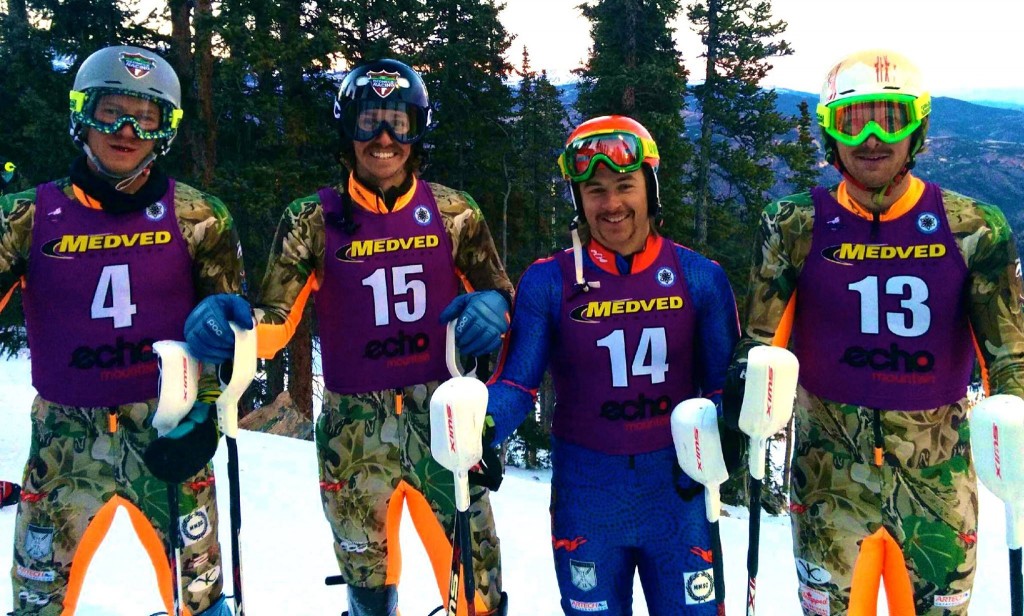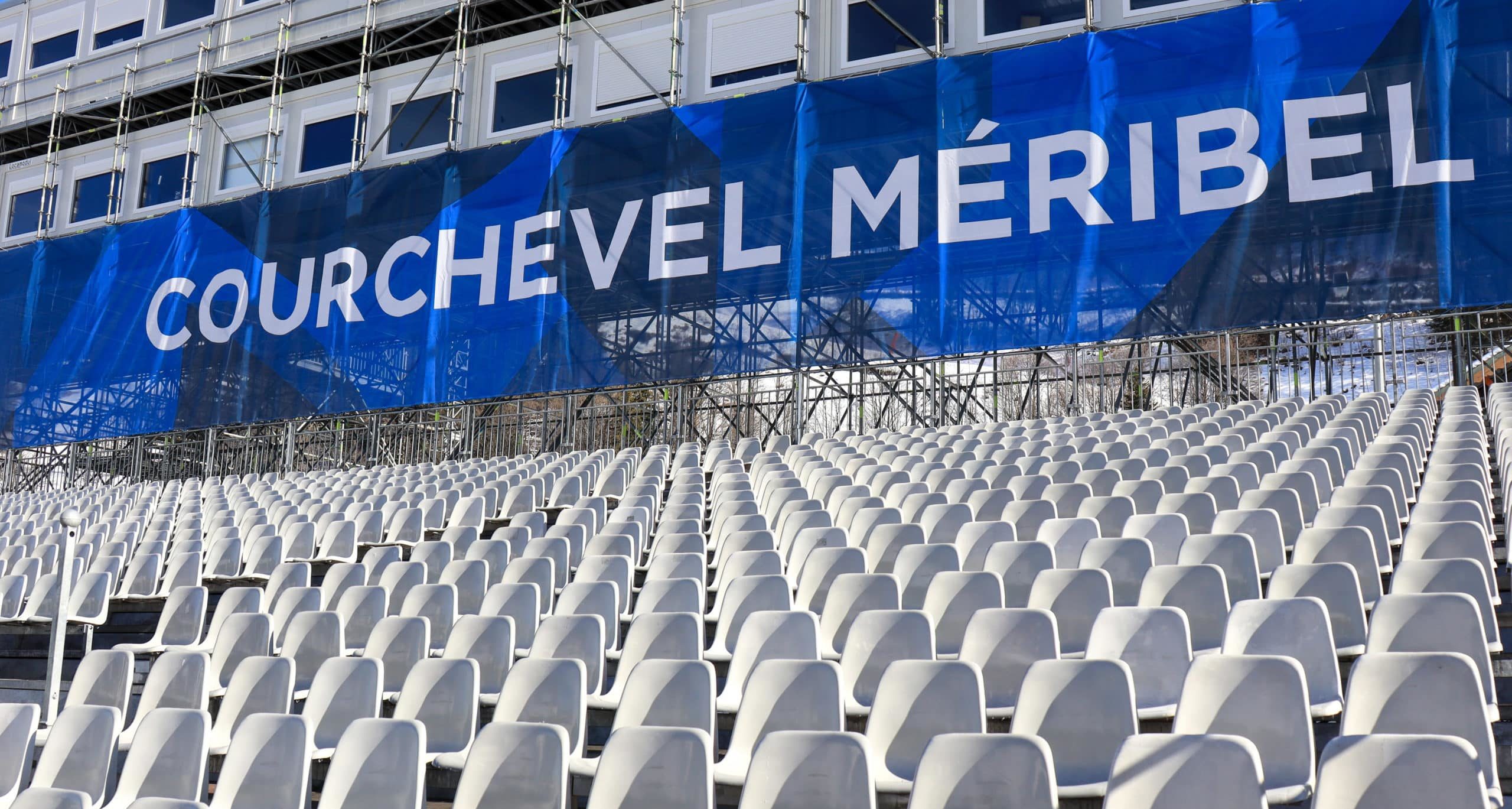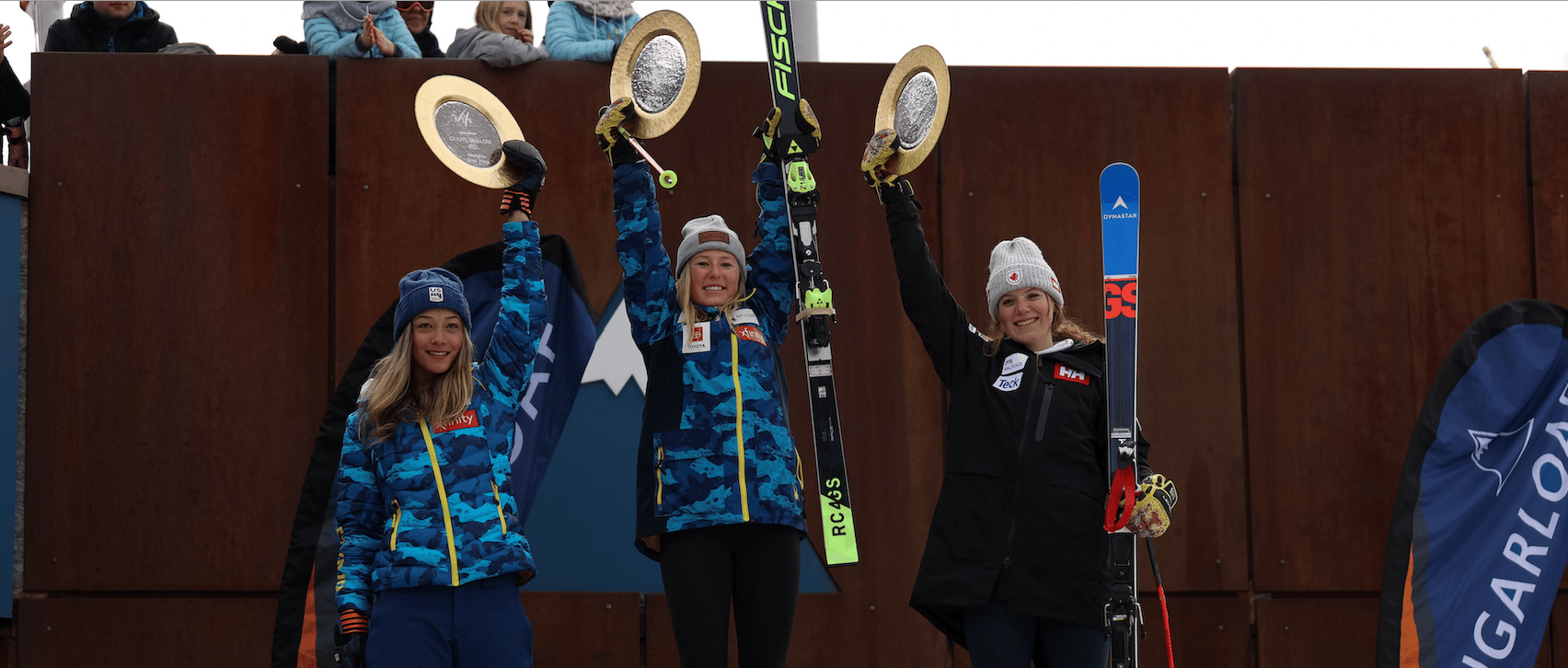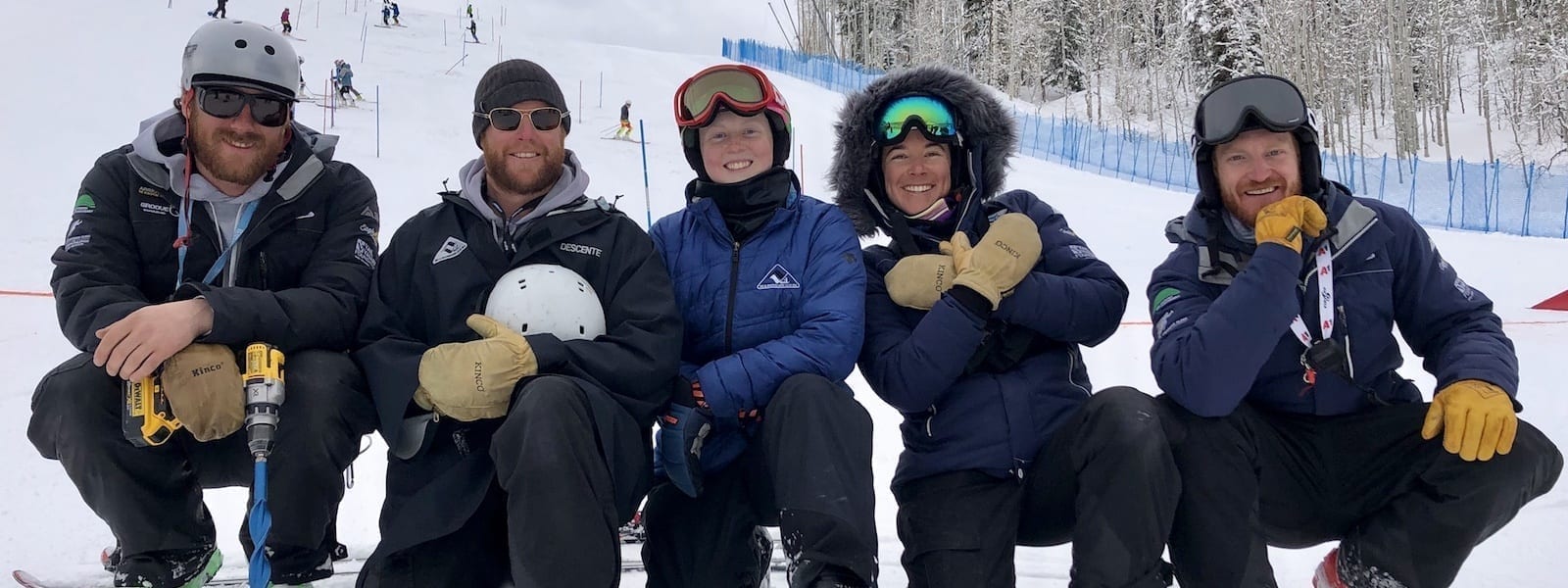Odd men out: Catching up with the independents
Last May, when the official 2014-15 U.S. Ski Team nominations were released by USSA, many athletes and observers were left scratching their heads as 19 skiers from the previous season’s roster were missing from the list.
Although program thinning of this sort is not entirely unprecedented, the sheer number of notable names left off of USSA’s roster was cause for concern. World Cup starters like Will Brandenburg, Erik Fisher, Robby Kelley, Michael Ankeny, Resi Stiegler, and Julia Ford went unnamed. Fisher, Stiegler, and Ford even competed as members of the 2014 U.S. Olympic Team, and Brandenburg and Kelley pocketed World Cup points in each of the last two seasons.
Each athlete’s story is unique, as well as their chosen path after parting ways with the national team. Some elected to compete as self-funded “invitees” to the program while others have chosen to pursue alternate avenues such as an independent team or joining an NCAA program.
Kieffer Christianson, seen by many as a rising star in U.S. skiing, spent last season on the national B team and got his first taste of World Cup action, earning starts in the Soelden and Adelboden giant slaloms. Christianson is now an invitee to the U.S. Europa Cup training group.
“After Nationals, I had some pressure to do well at Spring Series and end up on the right side of criteria,” remarked Christianson. “I won the last race of the year and was under the impression I’d get named either way, but obviously I was wrong.”
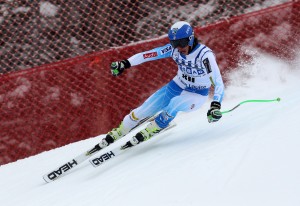
Tanner Farrow during World Cup downhill training in Lake Louise. GEPA
Tanner Farrow, a former member of the development team, and Sam DuPratt, formerly of the C team, joined Christianson as invitees to the Europa Cup group for the 2014-15 season.
“I was kind of surprised, but respected their decision to cut me because my season was nothing special,” reflected Farrow. “I was offered a year-long invitational spot to the Europa Cup team which I gladly accepted, which includes a coach, ski tech, access to the COE, and awesome training. It’s way more of an opportunity from the team than a let down in my opinion.”
Former development teamer Drew Duffy was a bit more surprised by his deselection from the national squad.
“I knew that I wasn’t going to make criteria, but I was one world rank for my age group in downhill away. I was 11th instead of 10th, so I figured maybe with a tiny bit of discretion I’d get a spot,” said Duffy. “Especially because instead of going to the downhill Spring Series I went to the tech Spring Series in hopes of getting my tech points down which ultimately is probably going to help me long-term.”
He also chose the invitee option and now trains alongside other invitees and named team members.
“I definitely have the same opportunities [as named athletes]. … There’s six of us in our group and it’s pretty tight. We’re all good friends and training partners.”
Farrow’s glass half-full mentality was echoed by Christianson, who saw last season’s team structure as potentially detrimental to development and who welcomes the smaller approach taken by the national team this year.
“Last season the Olympics kind of pressured everyone into one big group to see who would perform the best leading up to the Olympics,” added Christianson. “There is definitely something to be said for the competitiveness of a big group like that when things are clicking, but in the end it takes a lot to keep track of other people and sometimes things can slip through the cracks. I think the smaller groups this season have been beneficial for everyone.”
There’s another side of the story though for athletes who have more consistently produced results at the upper echelons of the sport, yet were still left out in the cold come nomination time.
Will Gregorak, Wiley Maple, Ankeny, and Kelley have been premier names on the NorAm circuit for the past several seasons, each of them amassing numerous World Cup starts and winding up in the points from time to time. Kelley and Maple have both finished in the top 30 on several occasions.
Maple, who joined Farrow, Christianson, and DuPratt as an invitee to the Europa Cup training group, has battled back from numerous injuries. But even as an unnamed national team athlete, he returned to competition following a knee injury suffered in November of last season to produce a career-best result last month, finishing 22nd in the 2014 Lake Louise World Cup downhill.
In the past, injured athletes like Maple would have protection on team status. But that wasn’t the case for him.
“I assumed I was safe since I was injured,” remembered Maple. “I ended up getting a call the day before they released the list for the public.”
Being primarily a speed athlete makes Maple’s situation unique compared to the rest of his peers.
“I am taking advantage of this opportunity as it’s a very good one considering the other options,” he said. Taking on the logistical challenges of being a speed athlete at Maple’s level, independent of a national team structure, is a near impossibility given the training space and equipment required.
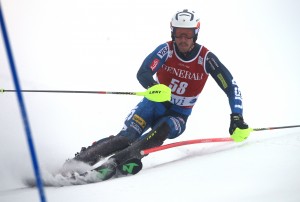
Michael Ankeny at the 2014 Levi World Cup. GEPA
Gregorak and Ankeny chose to join the Vail-based Team America under the tutelage of Peter Lange. Ankeny expressed his disappointment at his unexpected omission from the nomination process, but was quick to see the upside of his situation.
“So far it has been an amazing experience,” remarked Ankeny. “I get to ski with guys who are super passionate about the sport and getting faster everyday.”
One key to Team America’s success this season just may be the instruction of Peter Lange and his refreshing approach to elite coaching.
“This attitude of his is contagious and spreads into your life without warning,” expressed Ankeny. “This positive reinforcement has brought something back into my skiing that I haven’t had in a few years: confidence. Confidence can bring you a long ways in this sport.”
Kelley has taken on forming an independent team of his own, Redneck Racing, which includes his older brother, Tim, and two other Vermonters, Andrew McNealus and Tucker Marshall. Kelley is the youngest American male technical skier to score World Cup points in each of the last two seasons.
“It was definitely disappointing to feel like the ski team doesn’t believe in me the way I believe in myself,” lamented Kelley. “But it was also liberating to be able to do this season how I want to do it.”
Another athlete who chose the independent route is Brandenburg. Longtime national team coach Josh Applegate signed on to join Brandenburg as he competes in the full World Cup slalom schedule this season, his starts guaranteed after he placed second in the 2013 NorAm slalom standings.
After showing speed on par with the fastest slalom skiers in the world, Brandenburg has had some difficulty in the past translating that speed into two full runs. It’s a tendency he is eager to drop.
“My goal for this season is to give everything I have and try to really find out what my true potential is,” said Brandenburg. “This sport provides a journey that can teach you so much about yourself. It’s helped me grow tremendously as a person.”
Athletes who have chosen the NCAA route include Rob Cone (Middlebury), Brian McLaughlin (Dartmouth), and Foreste Peterson (Dartmouth), who have been attending college since the fall. The change of pace that a collegiate program brings just may be what these athletes need to kick their skiing into the next gear, allowing them to reach the potential that many of us know they have.
Mark Engel remained motivated enough after being cut from the ski team in 2013 to power his way to B team status after just one year at the University of Utah. USSA President and CEO Tiger Shaw has publicly stated his intentions of opening the door to the national team for collegiate skiers.
With four of the seven American starters for the 2014 Levi World Cup being independent athletes, as well as Maple’s recent success, this group appears to take advantage of every opportunity afforded and remains willing to fight for chances even when the deck is seemingly stacked against them.
“Hopefully after this season the USST will see how strong a group of skiers we are and that we are worth supporting,” added Gregorak, who was one such starter of the Levi slalom.
There’s a common attitude of optimism shared between these individuals, something that is essential in a sport where success and failure is measured in hundredths of a second. Seeing that each one of these athletes has taken it upon himself to make the best of every situation serves as a lesson to all of us that getting knocked down only gives us a reason to get back up and keep fighting.
“Whatever my results are at the end of this year or the next, I will be happy knowing I put everything I could into skiing,” said Kelley. “I love skiing and I’m super competitive. I want to be the best.”
